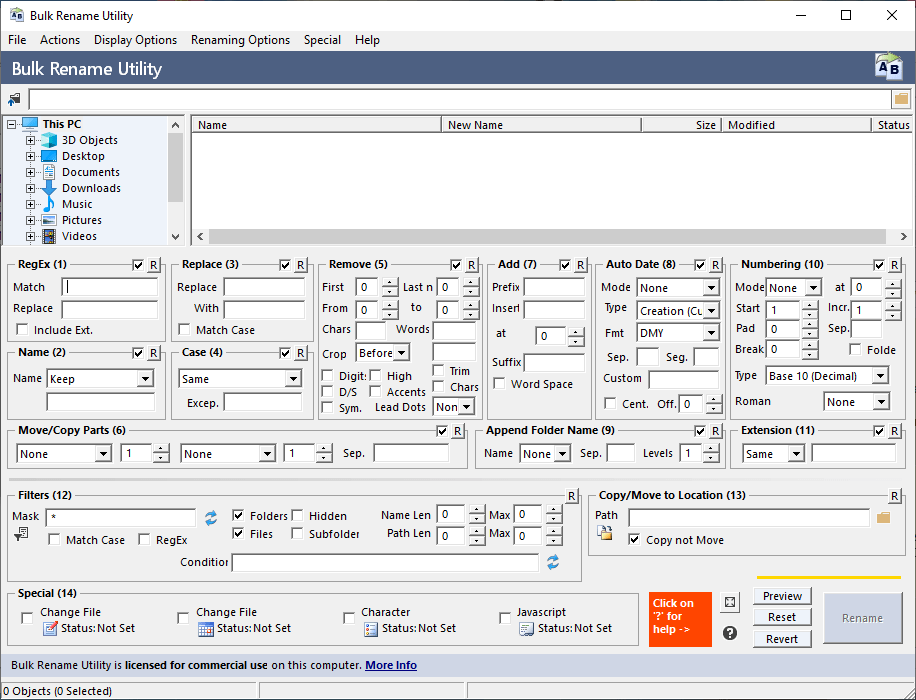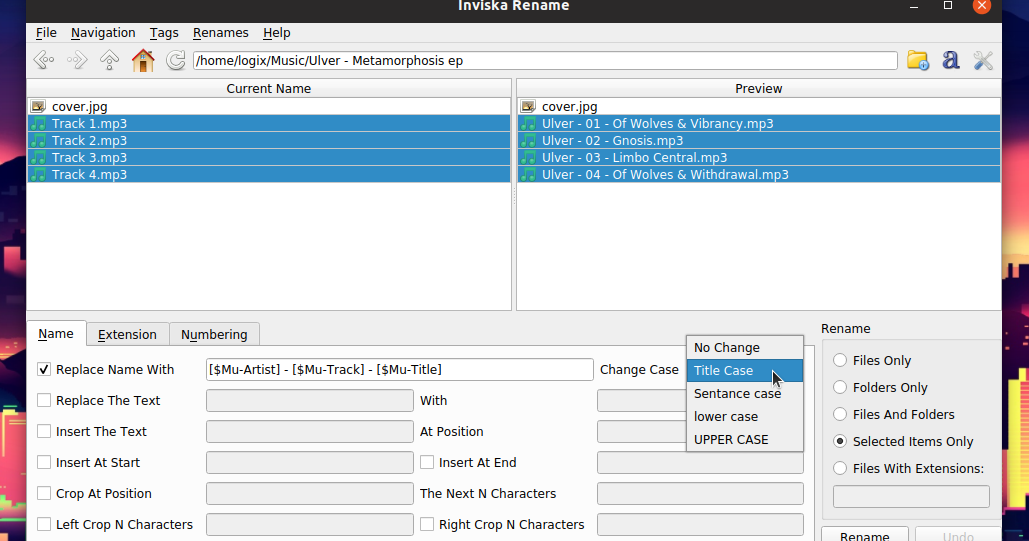
This option is a handy command for shortening file names.
Now, to rename multiple filenames that all start with “vacation_2019” so that they start with “vacay_19,” this is the command that you need to use: ren vacation_2019*.* vacay_19*.*. Again, navigate to the directory in question using Command Prompt. If you want to rename a specific part of multiple filenames with similar names, here’s how to do it. This process is beneficial where short file names are better than long ones. This example will turn a file named “mountain_trip.jpg” into “mounta.jpg.” Of course, if the file name is six characters or less in length, it will remain the same. This function will trim the original photos to the number of characters designated by the question marks. Inside the target directory, you can use the ren*.* ?.* function. jpg files that need trimming with names that have already got customized. Here is how to trim multiple characters simultaneously.įor instance, you may have. You might want to make the file names shorter and bring more simplicity to the equation. Also, the add-on text appears at the end of each file. Since the example included six “ ?,” the first six characters remain. Type dir once more to review and confirm the changes. You can go over to match the longest filename, so ten question marks keeps any characters that fall under ten in every filename.Įxample: ren *.docx ?-Windows-Notes.* renames all “.docx” files, keeping the first six characters and adding “-Windows-Notes” to the end. Using “ ?” keeps the first three original characters, “ ?” keeps first four, etc.Īdd as many “ ?” as you like. ?.* but replace the bracketed sections and choose how many “ ?” to add. Type dir to list all files in the specified location so that you can verify what you want to rename. Replace the brackets with the correct names, such as cd c:\tester. Type cd :\\ or whatever number of folders the path requires. In the Command Prompt, navigate to the desired folder that contains the files that you want to rename. You can also press “ (Windows Key) + R” and type it in.  Launch “Command Prompt,” then type “cmd” in the Cortana Search Bar. It also uses “*” as a wildcard for the filename so that it includes all of them that have the specified file extension (.jpg or whatever you select). This process uses “?” to determine how many characters you want to keep in the original part of the name.
Launch “Command Prompt,” then type “cmd” in the Cortana Search Bar. It also uses “*” as a wildcard for the filename so that it includes all of them that have the specified file extension (.jpg or whatever you select). This process uses “?” to determine how many characters you want to keep in the original part of the name. 
Bulk Renaming Files: Add More Text and Less Characters using Command Prompt








